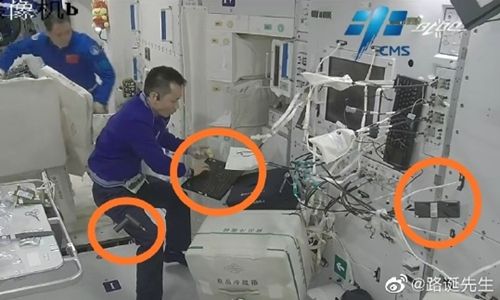Whenever there’s an issue, there’s no support. It’s you against the machine, so you don’t even try.
Amazon’s contract Flex delivery drivers already have to deal with various indignities, and you can now add the fact that they can be hired — and fired — by algorithms, according to a Bloomberg report.
To ensure same-day and other deliveries arrive on time, Amazon uses millions of subcontracted drivers for its Flex delivery program, started in 2015. Drivers sign up via a smartphone app via which they can choose shifts, coordinate deliveries and report problems. The reliance on technology doesn’t end there, though, as they’re also monitored for performance and fired by algorithms with little human intervention.
However, the system can often fire workers seemingly without good cause, according to the report. One worker said her rating (ranging from Fantastic, Great, Fair, or At Risk) fell after she was forced to halt deliveries due to a nail in her tire. She succeeded in boosting it to Great over the next several weeks, but her account was eventually terminated for violating Amazon’s terms of service. She contested the firing, but the company wouldn’t reinstate her.









